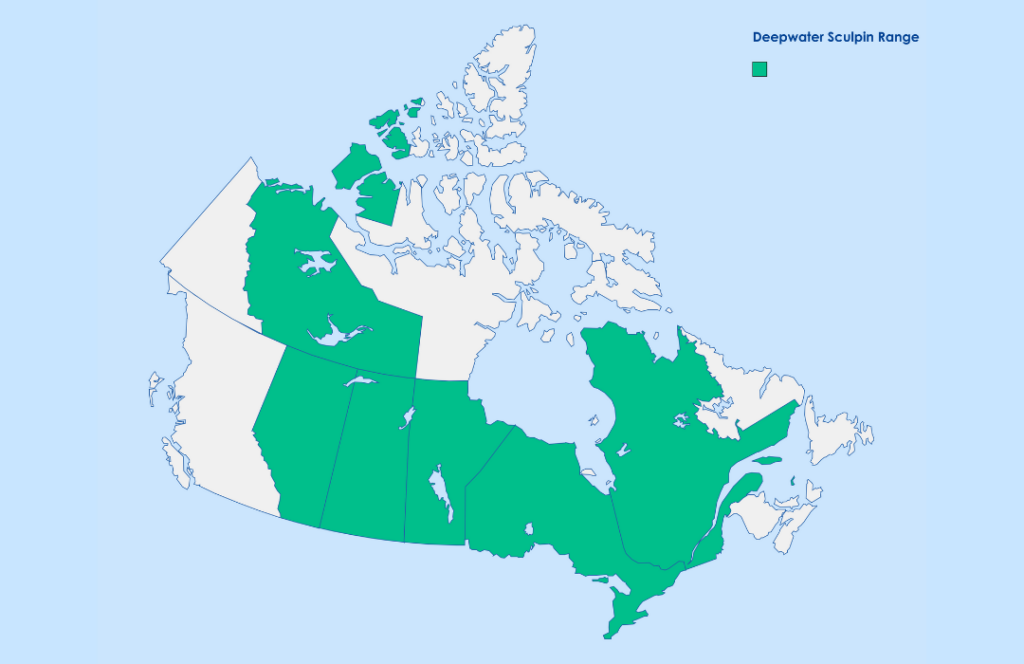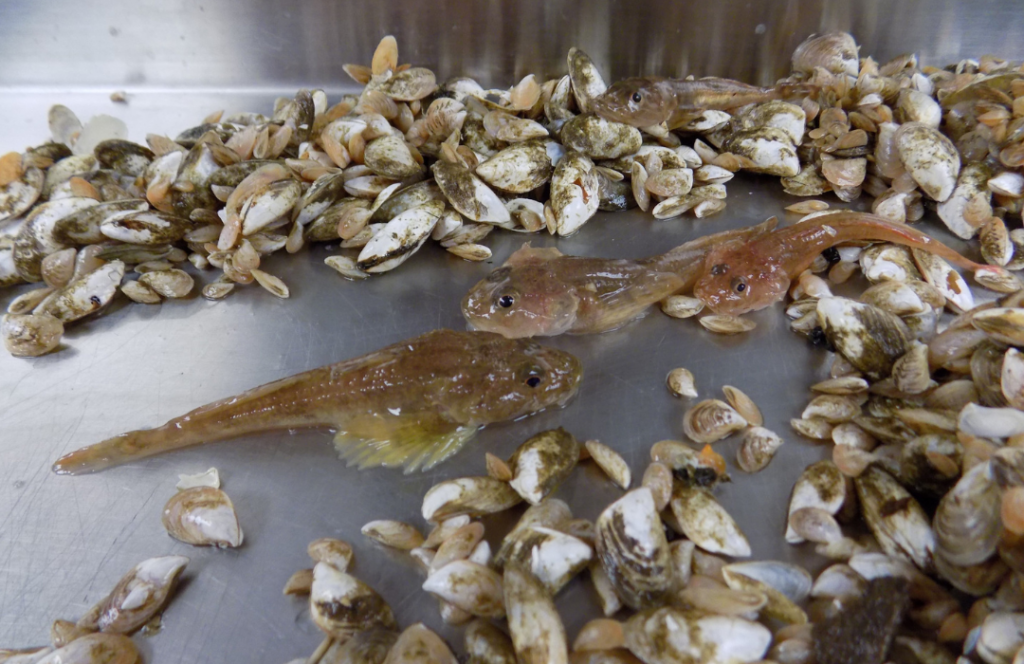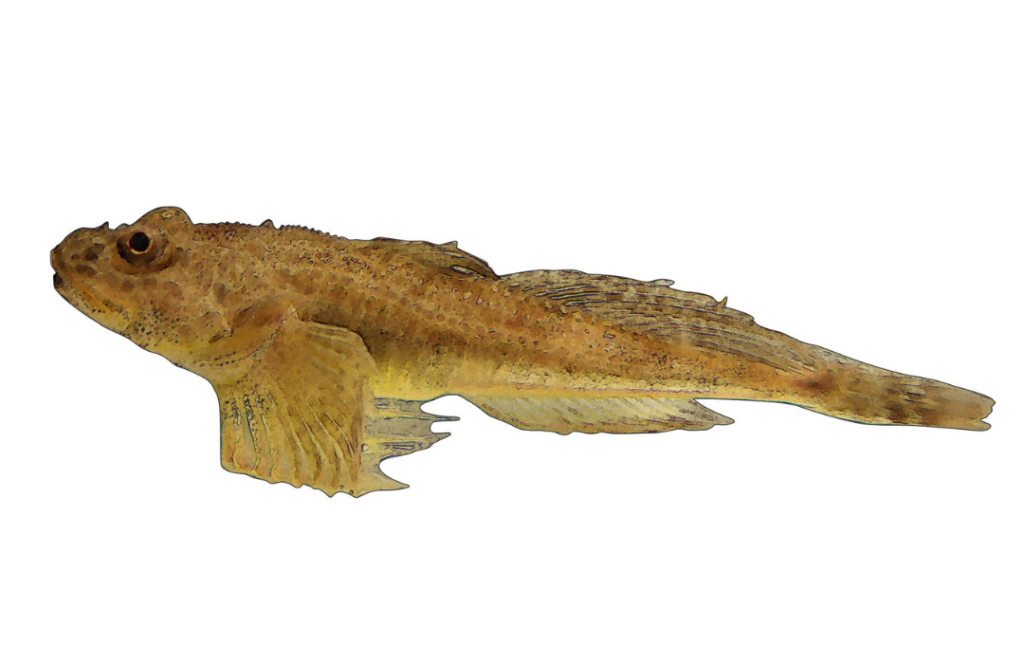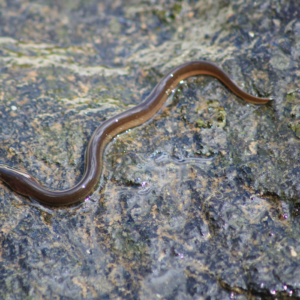Deepwater Sculpin
The Deepwater Sculpin dwells deep in Canada's freshwater… maybe that’s why we don’t have a deep understanding of what’s putting this enigmatic fish at risk. Save endangered species today by joining one of our campaigns!
Help End the ExtinctionVital Signs
- Common name: Deepwater Sculpin
- Latin name: Myoxocephalus thompsonii
- Indigenous name(s):
- Conservation Status: Special Concern (Great Lakes-Upper St. Lawrence, Waterton Lake populations), Data Deficient (Southern Hudson Bay – James Bay populations)
- Range: Ontario, Quebec, Manitoba, Saskatchewan, Alberta, Northwest Territories
- Life span: up to 9 years
- Size: 5.1-7.6 cm

The Deepwater Sculpin is a long-bodied fish with a flat head and no scales. It also has a big mouth with fine teeth. Their colouration is brown-grey with dark speckles on the back. The underbelly is a creamy color and the pectoral fin is slightly yellow.
Deepwater Sculpin Facts
- Can be found in 86 lakes across Canada
- Was once thought to be extirpated in Lake Ontario
- Prefers deep, cold water, but has been known to live in more shallow places in lakes that are further north
- Has important value recreationally, commercially, and to Aboriginal peoples
- Is considered a “glacial relict”, meaning it’s a species living in an environment that’s different from where it usually lives. In this case, the Deepwater Sculpin is a relict of the Arctic species the Fourhorn Sculpin

Threats
The biggest threat to the Deepwater Sculpin is the change to lake minerals and nutrients due to land runoff (this process is called eutrophication). This runoff comes from both agricultural and urban practices. When the Deepwater Sculpin was thought to be extirpated in Lake Ontario, the suspected cause was an insecticide known as DDT.
It is also threatened by shrinking habitat. Lake temperatures are increasing, creating a lack of the coldwater habitats the Deepwater Sculpin needs. They are also threatened by the introduction of Alewife to their habitat, as the two fish have similar diets and compete for food.
What’s Being Done
The Deepwater Sculpin is protected under the Fisheries Act due to its ability to support Aboriginal fishing. Populations in Alberta’s Waterton Lakes National Park are protected under the National Parks Act. Any Deepwater Sculpin that live in the Fathom Five National Marine Park or the Lake Superior National Marine Conservation Area are protected under the Canada National Marine Conservation Areas Act.

Canada has committed to the goal of protecting 30 percent of lands, ocean, and freshwater in Canada by 2030. This goal will help protect ecosystems, restore habitats, and fight climate change. All these things are a step in protecting Canada’s at-risk animals—so let’s hold the federal government to their promise.
How to Help
- Learn: Stay informed about endangered species by signing up for Nature Canada’s monthly e-newsletter.
- Take Part: Send a letter in support of a Lake Ontario National Marine Conservation Area!
- Find out more: Help us end the extinction by taking action for nature today—visit conservation websites like Nature Canada or join one of our campaigns!



